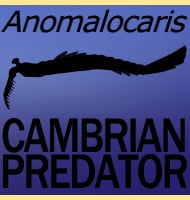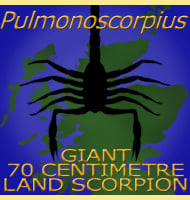Protostephanus
In Depth Protostephanus is a species of crown wasp that lived in North America during the late Eocene. The genus is based upon a partially preserved individual preserved in volcanic ash. This individual is speculated to be female to the presence of what seems to be a partially preserved ovipositor (egg laying organ). Further Reading … Read more

